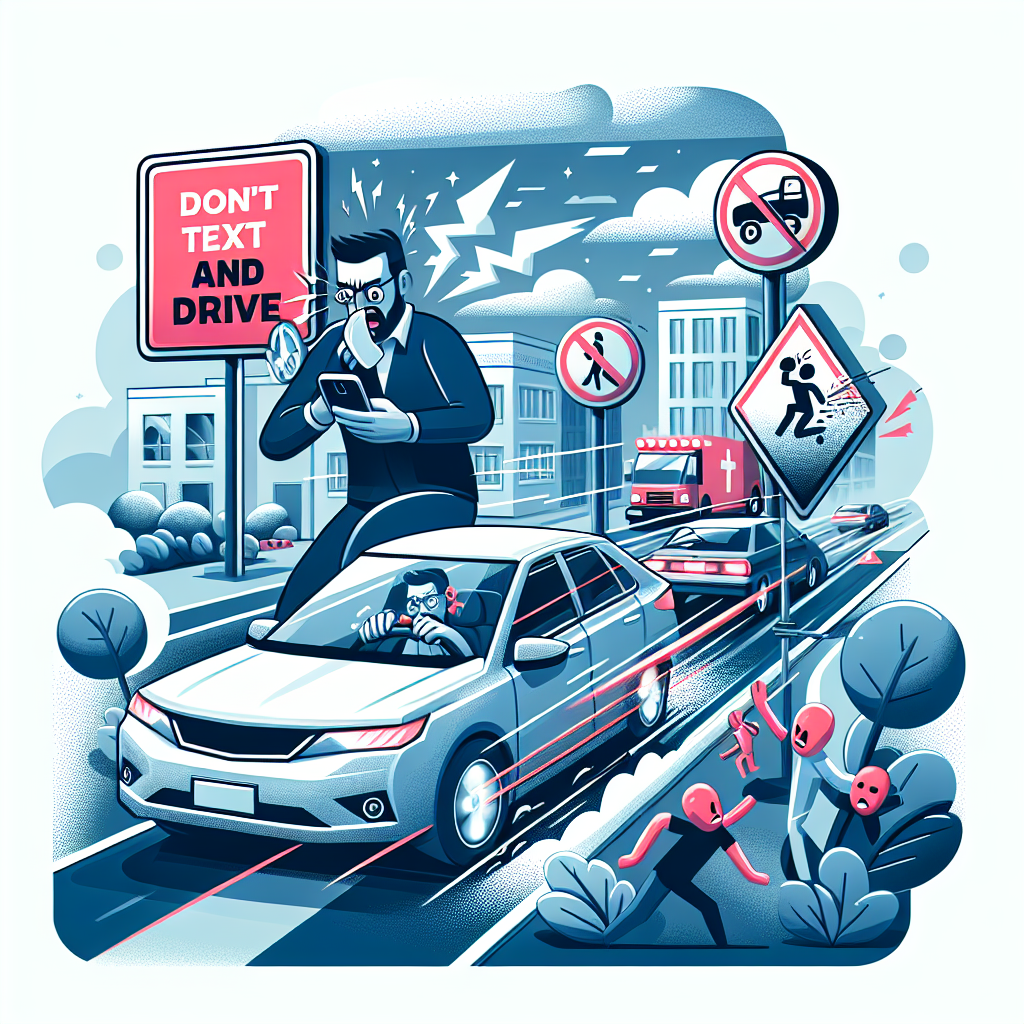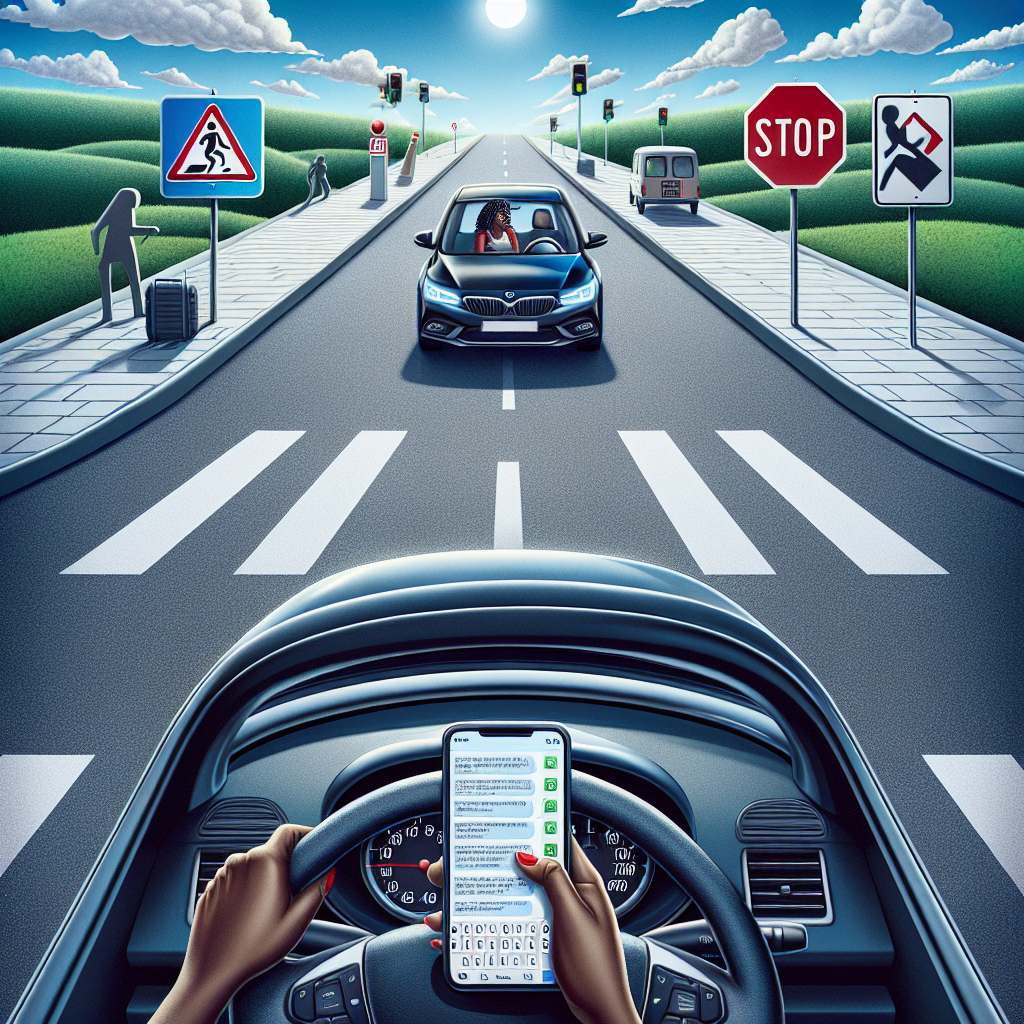-
Table of Contents
Texting and Driving: Why You Shouldn’t

Texting and driving has become a dangerous epidemic in our society. With the rise of smartphones and the constant need to stay connected, many drivers are tempted to use their phones while behind the wheel. However, this seemingly harmless act can have devastating consequences. In this article, we will explore the dangers of texting and driving, backed by research, case studies, and statistics, to emphasize why you should never engage in this risky behavior.
The Dangers of Texting and Driving
Texting and driving is a deadly combination that significantly impairs a driver’s ability to focus on the road. When you send or read a text message, your attention is diverted from the task at hand, leading to delayed reaction times and impaired decision-making. According to a study conducted by the National Highway Traffic Safety Administration (NHTSA), texting while driving is six times more likely to cause an accident than driving under the influence of alcohol.
Case Study: The Tragic Consequences
One tragic case that highlights the dangers of texting and driving is the story of Emma, a 17-year-old high school student. Emma was driving to school one morning when she received a text message from a friend. She glanced down at her phone for just a few seconds, but it was enough time for her to miss a red light. As a result, she collided with another vehicle, causing severe injuries to herself and the other driver. This devastating accident could have been easily prevented if Emma had chosen to ignore her phone while driving.
The Statistics Speak for Themselves
The statistics surrounding texting and driving are alarming and serve as a wake-up call for all drivers. Here are some key statistics that highlight the dangers:
- Texting while driving is responsible for approximately 1.6 million accidents each year in the United States alone.
- 11 teenagers die every day as a result of texting and driving.
- Texting while driving makes you 23 times more likely to be involved in a crash.
- At any given moment, approximately 660,000 drivers are using their phones while driving.
The Legal Consequences
In addition to the obvious safety risks, texting and driving can also have severe legal consequences. Many countries and states have implemented laws that prohibit the use of handheld devices while driving. Violating these laws can result in hefty fines, license suspension, and even jail time, depending on the severity of the offense and the jurisdiction.
Breaking the Habit
Breaking the habit of texting and driving can be challenging, especially in a society that is constantly connected. However, there are several steps you can take to ensure that you prioritize safety over the urge to use your phone while driving:
- Turn off notifications: By disabling notifications on your phone, you can minimize distractions and resist the temptation to check your messages while driving.
- Use apps for safe driving: There are several apps available that can help you stay focused on the road by automatically responding to incoming messages and calls, letting the sender know that you are driving.
- Lead by example: If you have passengers in your car, make it clear that you do not tolerate texting and driving. By setting a good example, you can encourage others to do the same.
Summary
Texting and driving is a dangerous behavior that puts lives at risk. The distractions caused by texting while driving can have devastating consequences, as evidenced by numerous case studies and statistics. It is crucial to understand the dangers and legal consequences associated with this behavior and take proactive steps to break the habit. By prioritizing safety and staying focused on the road, we can all contribute to making our roads safer for everyone.



